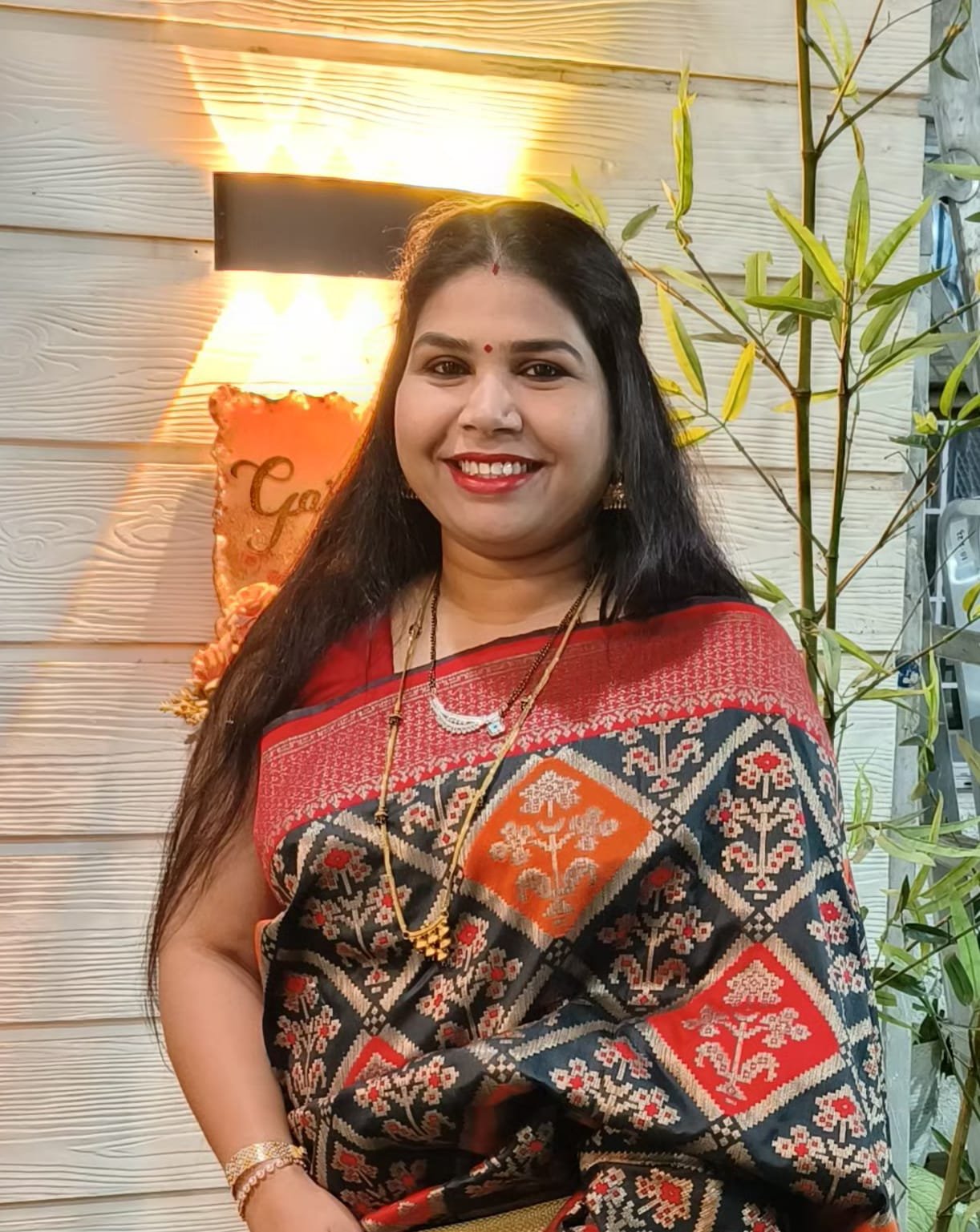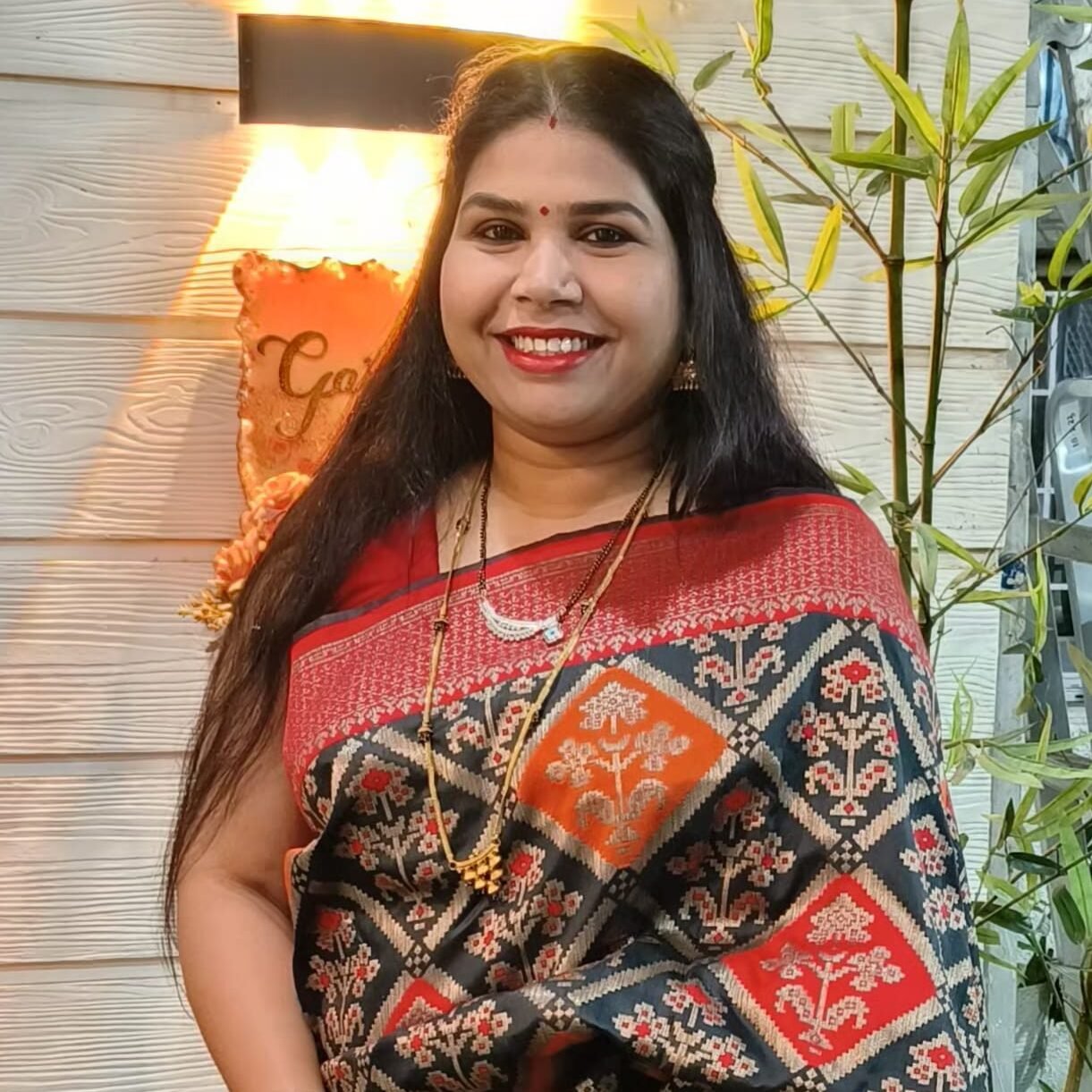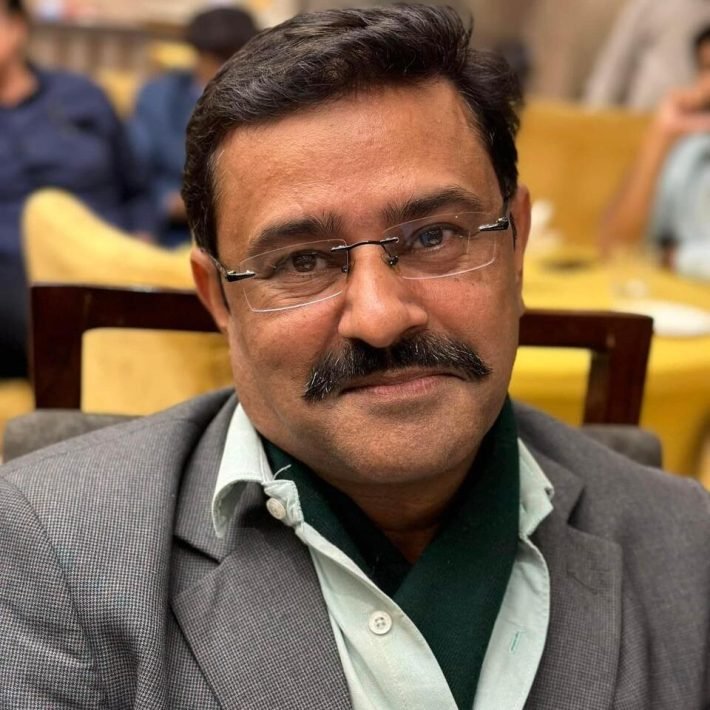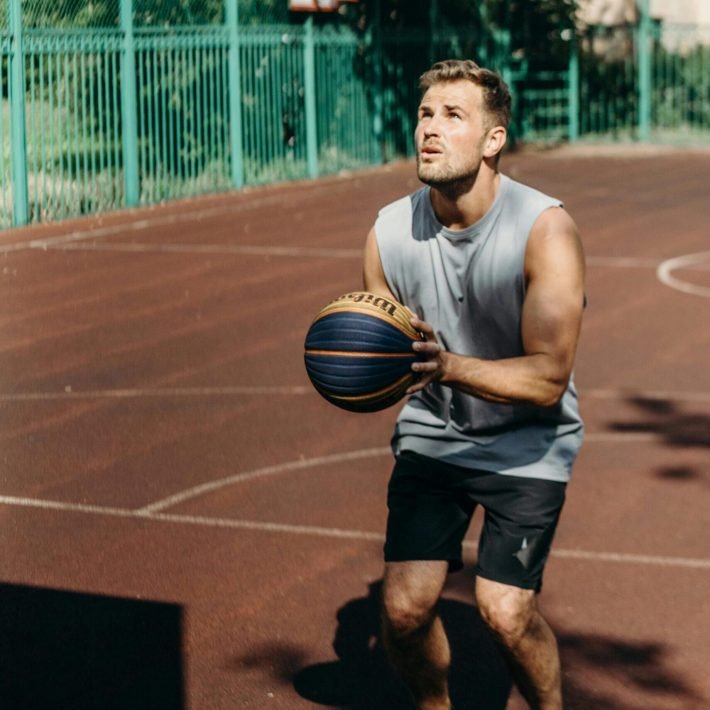Four renowned doctors break down the bare necessities of taking care of your bones.
From Fragile To Resilient
Dr Anjay Praveen, MBBS, DA, D Ortho, MCH Ortho; Senior Consultant and Director, A P Orthopaedic and Trauma Centre, Kunda, Deoghar, Jharkhand.

Osteoporosis, often called the ‘silent disease’, affects millions of people worldwide. But the good news is that we can take proactive steps to prevent or reduce the risk of osteoporosis with simple yet effective diet and lifestyle changes.
Micronutrients like calcium, vitamin D, and magnesium are the essential building blocks of strong bones. While a balanced diet provides the foundation for their absorption and maintenance, incorporating bone-friendly exercises in our daily lives can help fortify our bones and reduce the risk of osteoporosis.
For Resilient Bones:
• Prioritize Calcium: Eat calcium-rich foods like dairy products (or dairy alternatives fortified with calcium), leafy greens, almonds, and fortified cereals.
• Embrace Vitamin D: Spend some time outdoors in the sunlight, consume vitamin D-rich foods such as fatty fish (salmon and mackerel), egg yolks, and fortified dairy products, or consider a supplement.
• Get Adequate Protein: Protein is crucial for bone health as it provides the building blocks for bone formation. Include lean protein like poultry, fish, beans, lentils and tofu in your diet.
• Limit Sodium & Caffeine: High sodium and caffeine intake can lead to calcium loss from bones. Cut back on processed foods and moderate your caffeine consumption.
• Weight-Bearing Exercise: Engaging in weightbearing exercises such as walking, jogging, dancing, and strength training helps stimulate bone growth and maintain bone density.
• Regular Check-Ups: Regular check-ups with your healthcare provider can help monitor your bone health and identify potential issues early.
Bones After Menopause: Understanding The Silent Threat
Dr Archana R Gaikwad, Consulting Obstetrician, Gynaecologist & Infertility Specialist; Managing Director, Women’s Complete Care Center And Obstetrics Clinic, Chembur, Mumbai; Infertility, PCOS, Menopause, Adolescent Health, MBBS Grant Medical College, JJ Hospital; DGO LTMMC, Sion Hospital; Certificate course in Infertility, MUHS University.

We all see changes like laugh lines and grey hair as we get older. But one thing we all experience yet can’t see is a change in bone density. When women reach menopause, their hormone levels (especially estrogen) go down. Bones lose cells faster than they can generate new ones, causing low bone density. This influences bone health, increasing a person’s risk of postmenopausal osteoporosis. It is estimated that, on an average, women lose up to 10% of their bone mass in the first five years after menopause.
Osteoporosis is a progressive condition in which bones become structurally weak and are more likely to fracture or break. One in two postmenopausal women will have osteoporosis during their lifetime. The incidence of fractures on an average is up to 50% in women older than 50 years of age.
Osteoporosis is often called a silent disease usually determined with the first fracture or by measuring the reduction of bone density. Common symptoms can include:
• Back pain, if there are small fractures or if vitamin D is extremely low.
• Loss of two inches in height.
• Hunchback appearance affecting posture.
• Bone fractures (hip, wrist, spine). Keeping our bones healthy and preventing fractures is a key part of maintaining our quality of life as we age. Lifestyle changes can help prevent bone loss as well as rebuild bone density and bone strength if you’ve already been diagnosed with osteoporosis.
Male Osteoporosis: An Under-Estimated Public Health Concern
Dr Suraj Singh, Orthopedic Surgeon; MBBS; MS Orthopaedics; MNAMS Orthopedic Surgery; Member Of National Academy Of Medical Sciences, New Delhi; Fellowship In Robotics & Navigation Assisted Arthroplasty, Lokmanya Hospital, Pune.

Ageing is accompanied by continuous bone loss, followed by an exponential rise in the occurrence of osteoporotic fractures. Osteopenia is characterised by a generalized reduction in bone density, which is less severe than that in osteoporosis. Think of it as a midpoint between having healthy bones and having osteoporosis. It has been found that osteopenia is one of the undetected medical conditions in Indian males, with a prevalence of almost 50% in elderly males and 18% in young males. There are multiple causes for osteopenia, which generally include ageing, calcium and vitamin D deficiency, inactivity, and genetics.
Osteopenia usually doesn’t have any symptoms. This makes it hard to diagnose unless you have a bone mineral density test. Almost half of the causes for osteopenia are potentially treatable. Medical evidence shows that approximately 80% of the urban Indian population is vitamin D deficient, with hip fractures occurring about a decade earlier than in the West.
It’s never too early to take steps to prevent osteopenia. Talk to your doctor about an exercise plan that’s right for you. Eat the right kinds of food. If your doctors don’t think you’re getting enough calcium and vitamin D, they may suggest that you take a supplement. So, take care of your bones, they will take care of you.
Osteoporosis In The Elderly
Dr Vishal Thakur, Director, Dr Thakur’s Orthopedics & Physiotherapy Clinic; Orthopedic Surgeon at Horizon Prime Hospital, Patlipada, Thane West; Oscar Super Speciality Hospital, Manpada, Thane; Oscar Super Speciality Hospital, Kasarvadavali, Thane; Tieten Medicity Hospital, Kasarvadavali, Thane West; Masina Hospital, Byculla, Mumbai.

While it’s true that you do lose bone density as you age, it isn’t certain you’ll develop osteoporosis. Anyone of any age can develop osteoporosis. It affects more than 21% of the global older adult population. In older people, osteoporosis can be complicated by other agerelated health changes that compromise their independence and limit mobility, ultimately leading to long-term care facility admissions. Osteoporosis-related bone fractures in areas of the body like the spine and hip are associated with a higher mortality rate for seniors.
While early, detectable symptoms of osteoporosis in seniors are rare, there are a few signs that can indicate potential bone loss, such as receding gums, weaker hand grip strength, and brittle fingernails. If bone mass has deteriorated further due to osteoporosis, seniors may start to experience symptoms including the following:
• Loss of height.
• Back or neck pain.
• Frequent fractures from falls.
• Stooped posture.
By adopting a holistic approach that includes a well-balanced diet, regular exercise, maintaining a healthy weight, and taking precautions to prevent falls and injuries, older individuals can proactively manage osteoporosis and enjoy their golden years with strength and vitality. Preventing and managing osteoporosis in the elderly is not just a matter of bone health, but also crucial for preserving their independence and overall longevity.











